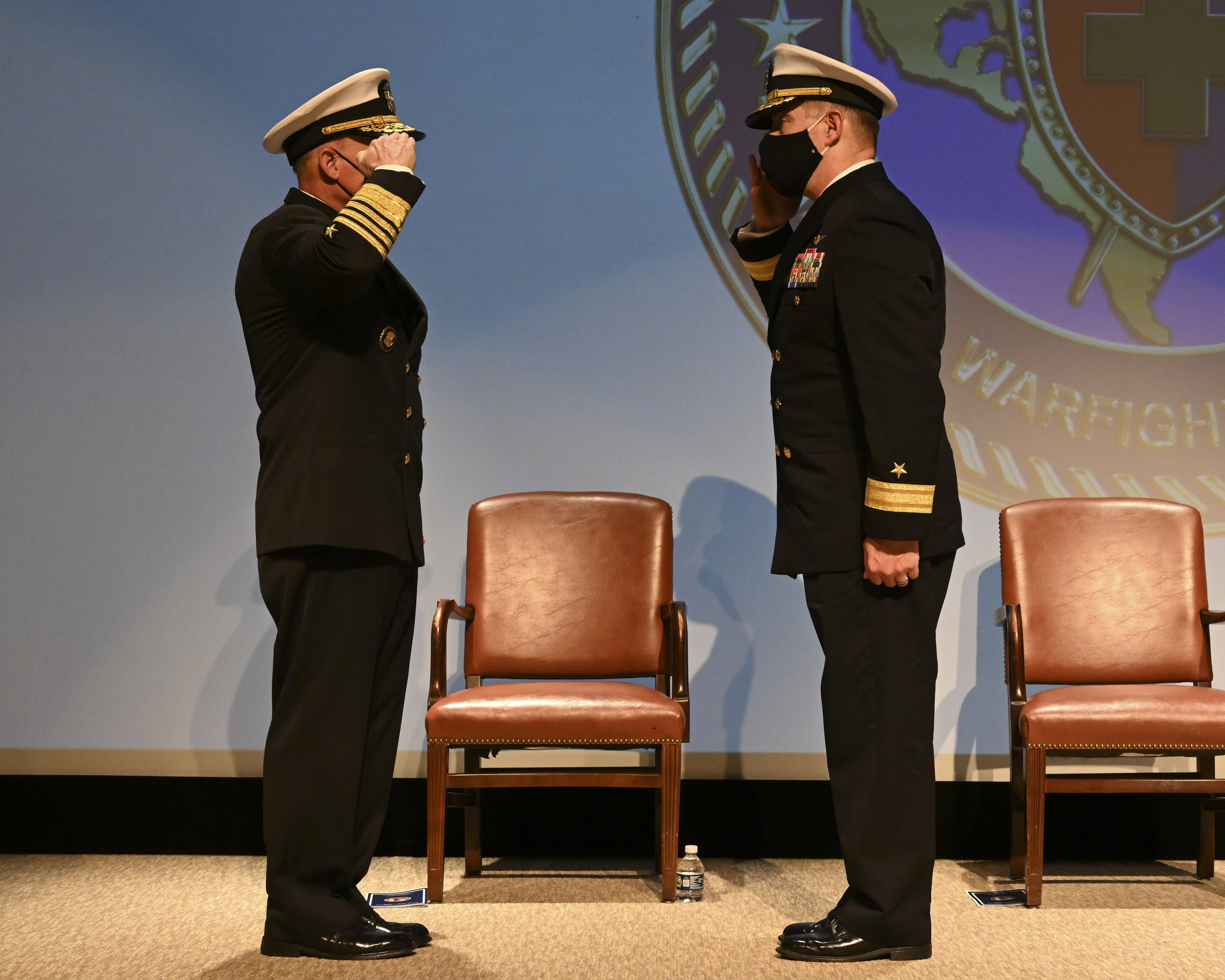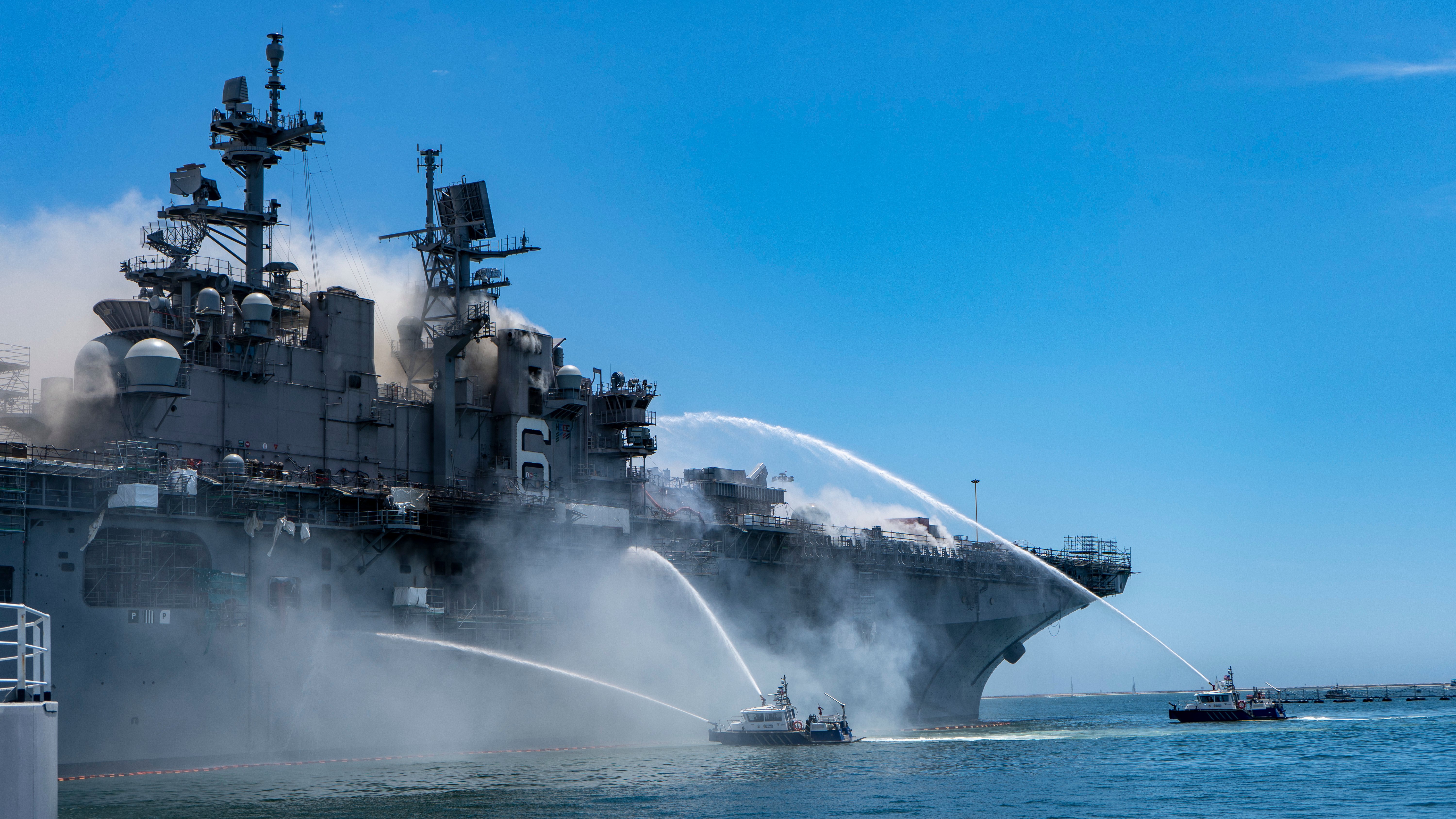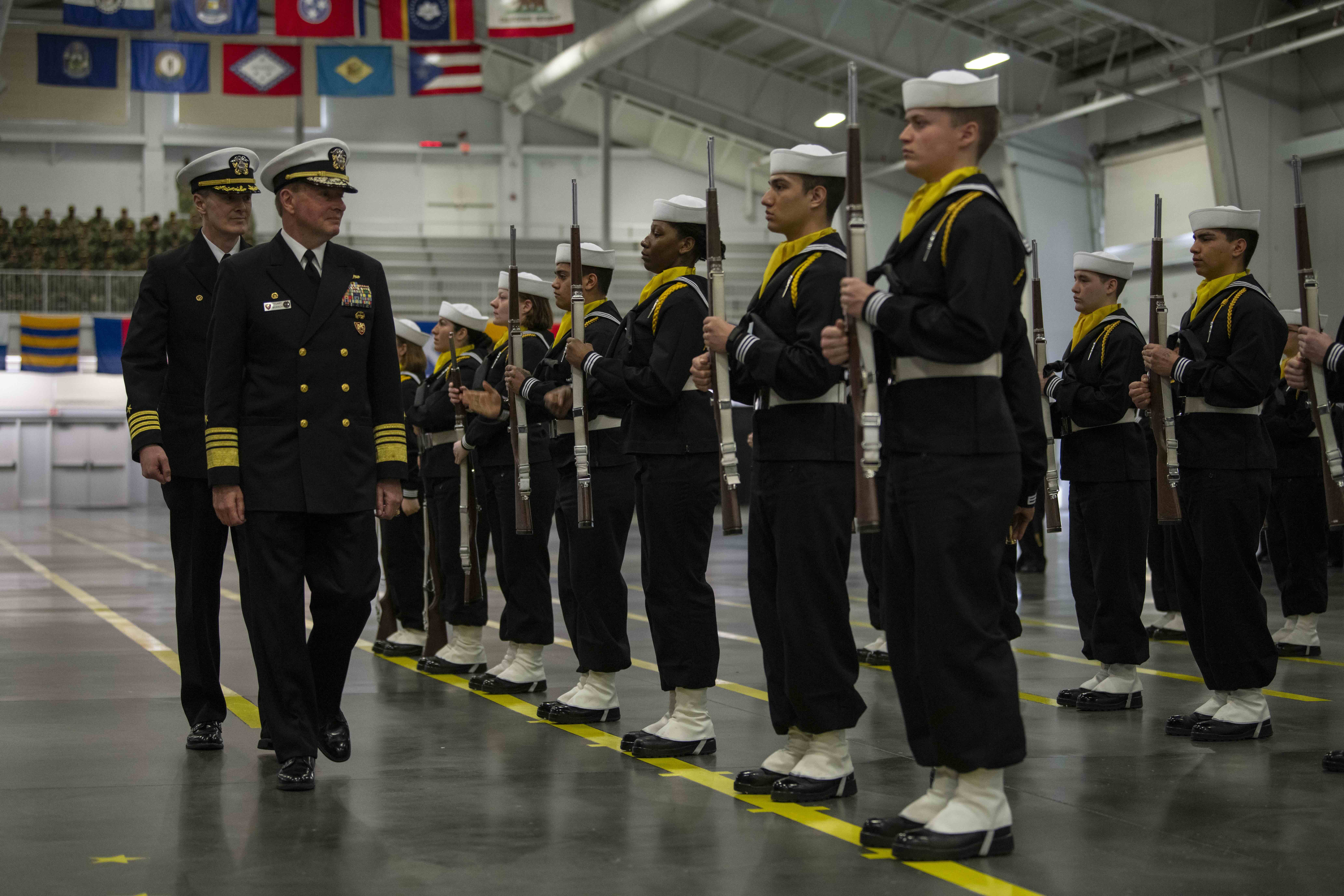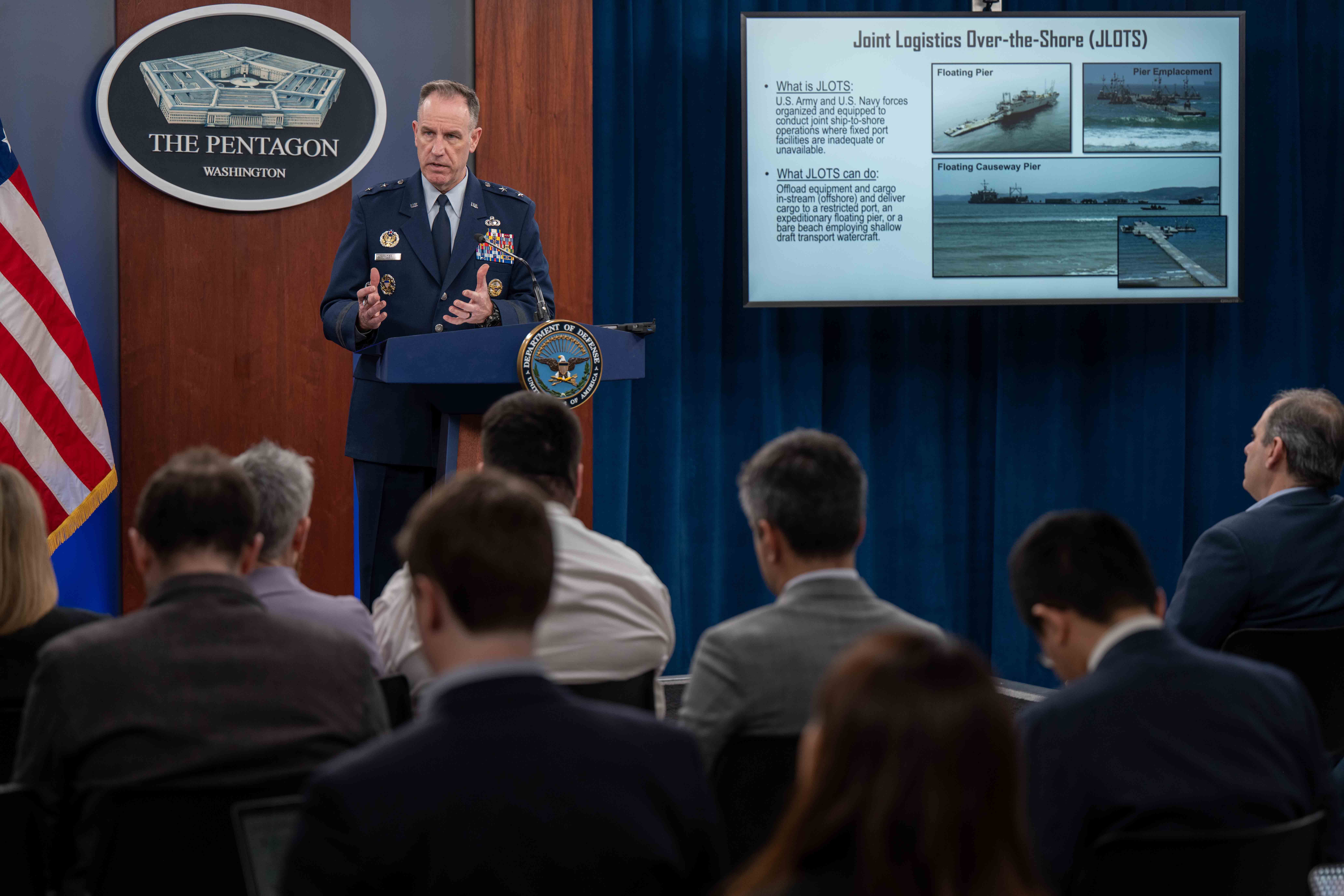
The Navy has a new command after the Naval Safety Center was formally converted into the Naval Safety Command on Friday morning.
The Naval Safety Command is a two-star command, which will focus on ensuring the service’s health and well-being. The command has historically been responsible for collecting data on Navy and Marine Corps mishaps.
The Naval Safety Command will be led by Rear Adm. Fredrick “Lucky” Luchtman, who oversaw it as the Naval Safety Center.
“With the establishment of the Naval Safety Command, we are elevating the role of risk management and strengthening our safety management system throughout the entire naval enterprise,” Luchtman said during a ceremony in at the Joint Forces Staff College in Norfolk, Va., Friday. “Today we are establishing a command that will look at the entire enterprise with enhanced capability and authority to objectively and effectively evaluate and promulgate the management of the safety management system.”
The new command will be tasked with creating standardized assessments for safety, as well as providing reviews to fleet commanders and the chief of naval operations, Luchtman said.
The safety command will use data collection and data management, as well enhanced risk identification, to provide information about emergency risk trends and the safety statuses of the Navy’s commands, he said. The first year will be focused on risk management.
“Ultimately, the Naval Safety Command will serve as a force multiplier of a just culture that incorporates risk management and accountability at all levels throughout the Navy Marine Corps team,” Luchtman said.
The development of the Naval Safety Command represents a “vital change” to the way the Navy goes about its mission, Chief of Naval Operations Adm. Michael Gilday said during the ceremony.
“The Navy Safety Command will enhance our ability to safely operate across the globe and in turn, help accelerate America’s advantage at sea which will lead to security, influence and prosperity for our country,” Gilday said. “And for our allies and our partners around the world.”
The Navy currently has about 100 ships deployed across the globe, Gilday said. For those on the ships or in submarines, the sea can be the enemy, and every time out comes with risks, including those that come from dangerous storms.
“It’s been said that the sea is a cruel master,” he said. “To use it and fight from it requires the utmost of human skill and ingenuity. In our profession, risk follows us around 24 hours a day, seven days a week. There is no escaping it.”

But the risks do not disappear when the ship is at port, Gilday said, referring to the 2020 fire aboard the former USS Bonhomme Richard (LHD-6). There were 14 other major fires in the past 12 years, he noted.
“Put simply, there is almost no aspect of naval operations that can be separated from risk, but risk can be controlled,” he said.
Gilday pointed to two areas that he thought prevented the Navy from reaching its full potential.
First, the gap between the most and least capable sailor, an area he has previously discussed. The second is what he described as an outdated approach to learning, which is the cause of the variability in sailors, he said. Learning now needs to be dynamic, instead of so focused on rules, checklists and instructions.
To address the issue in problem solving and gaps between sailors, Gilday issued a new charge of command last month, which calls for leaders to assess and manage risk in a more deliberate way.
The Naval Safety Command will play a role in that, Gilday said.
“Safety Command will serve as a key enabler of our Navy’s ability to get real and get better,” he said. “It will be charged with evaluating how our entire Navy, from the fleet commander down, manages safety and risk.”
The new command will implement the Navy Safety Management System, which is focused on shifting from reactive to proactive measures that will increase risk management.
Through this system, it will encourage all individuals to think about risk in order to ensure that it is communicated well throughout the chain of command, Gilday said.
After incidents like the BHR fire or the tragic 2017 collision of two destroyers in the Western Pacific, the Navy investigates and writes reports that come with new instructions. But there is still a gap in how commands perform, which needs to be closed, Gilday said.
The Naval Safety Command will help address that by looking at how commands adhere to safety instructions, but also how they self-assess and self-correct.
“Together, we will keep our sailors and Marines safe for the security and the prosperity of our nation and people all across the world,” Gilday said. “And together we will instill a culture of improvement and learning so that the seas remain free and open for a better tomorrow. And together we will enable warfighting readiness to protect that fragile thing that we call freedom.”





